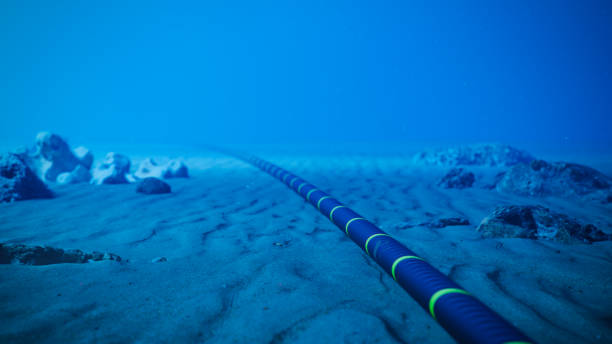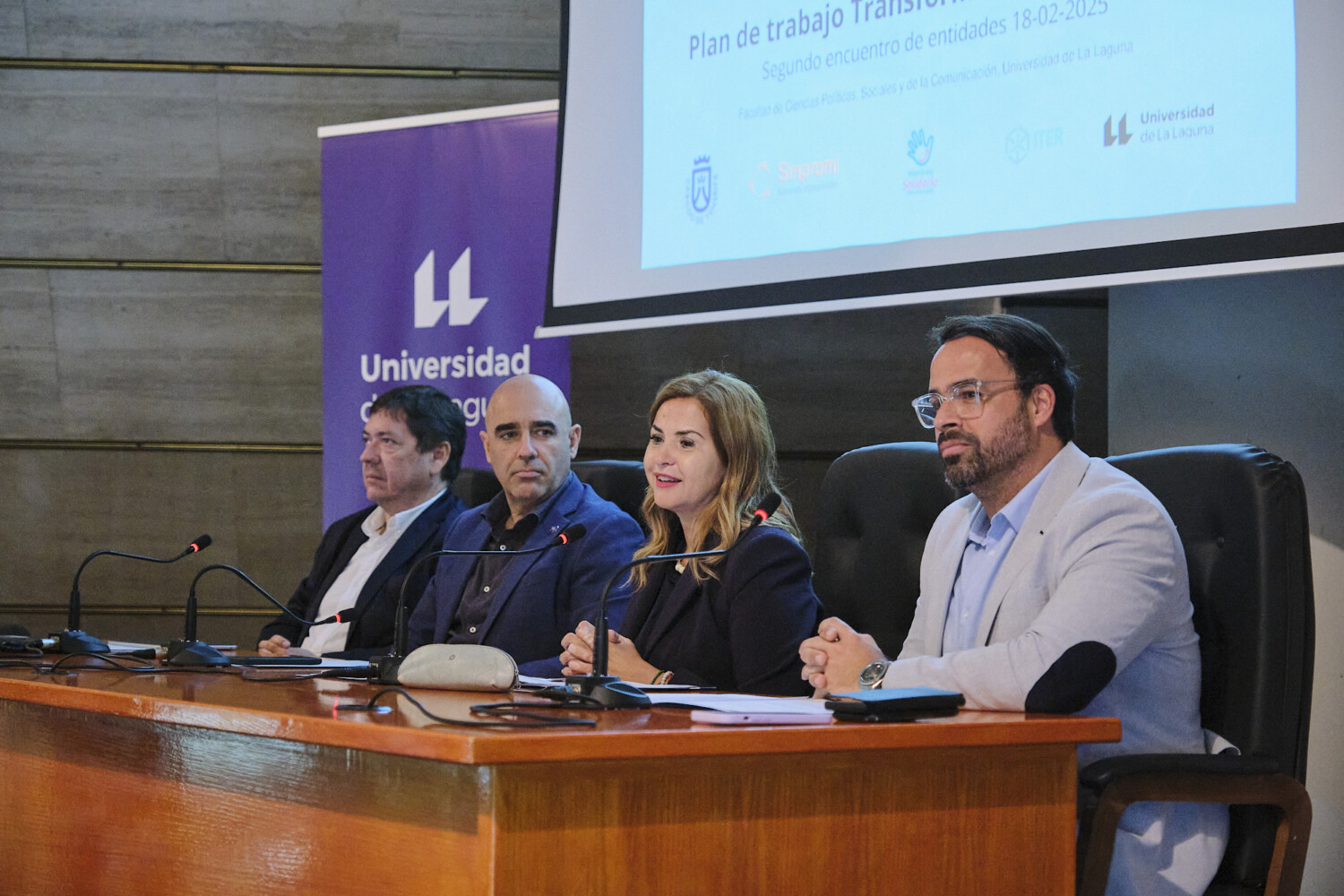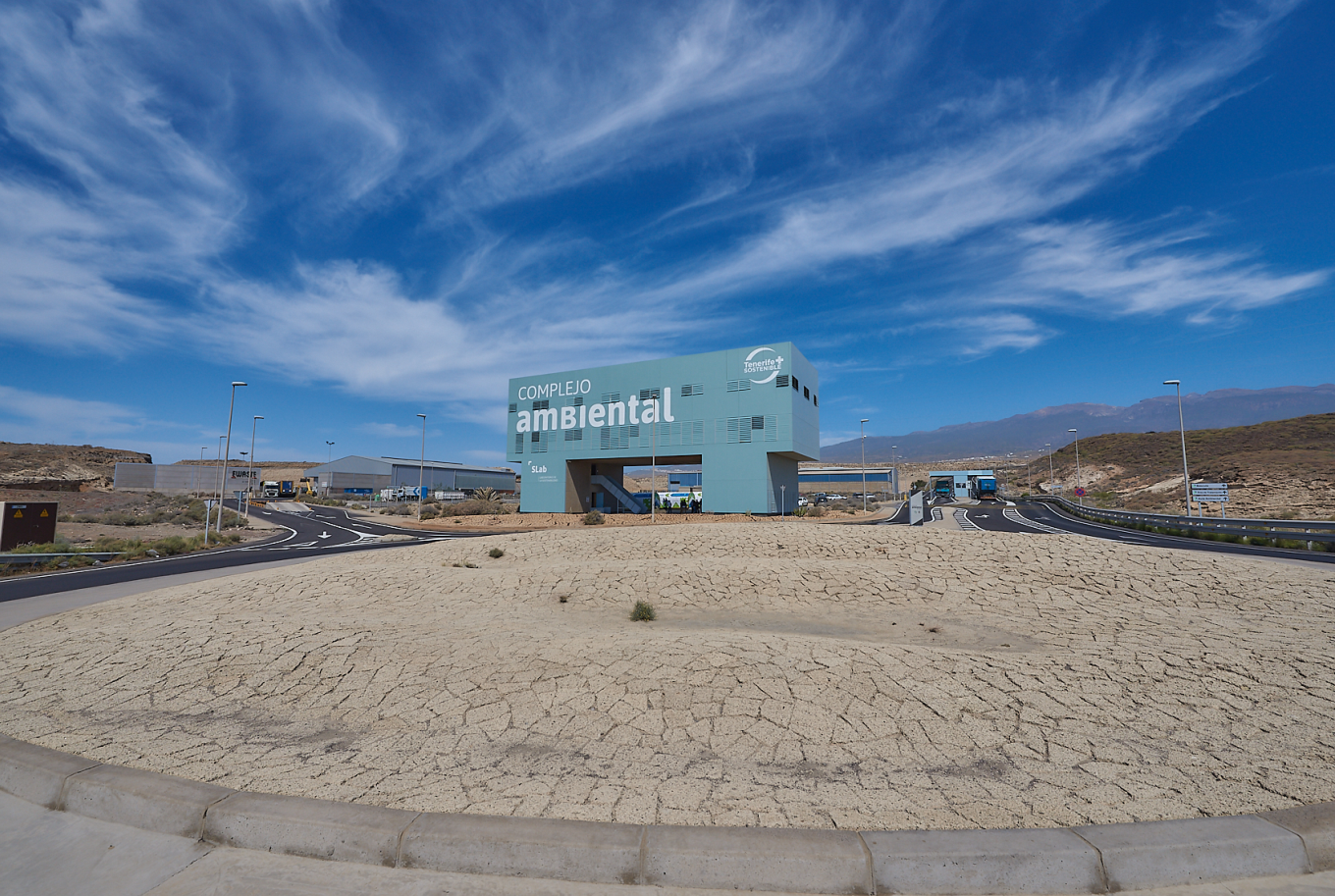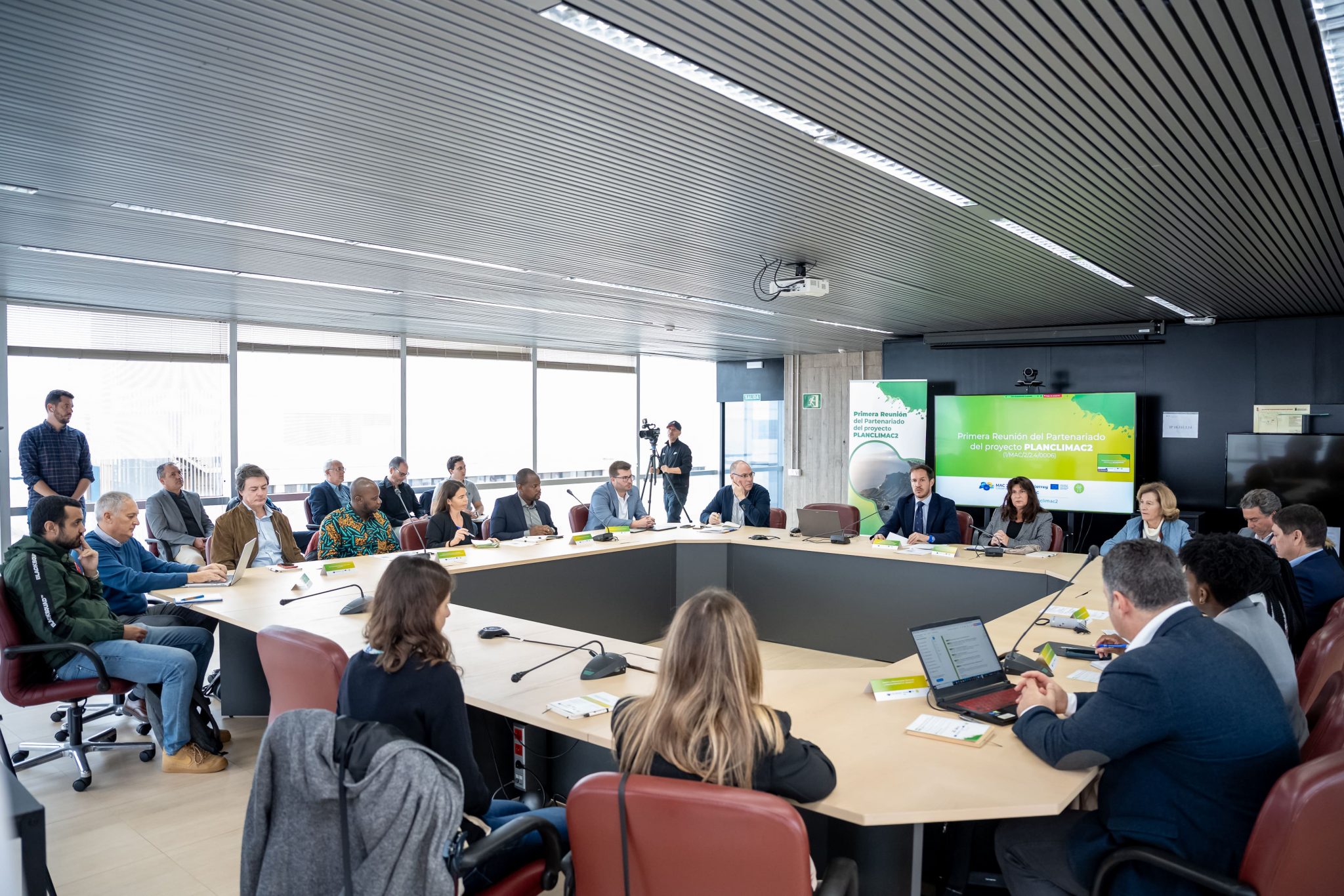The project has a partial financing of 7.5 million euros and an estimated duration of 42 months.
A team of experts from Canalink, a company dependent on the Cabildo of Tenerife through the Technological Institute of Renewable Energies (ITER), has travelled to the Moroccan port of Tarfaya to identify the best mooring point for a future submarine telecommunications cable.
During the visit, an analysis of the terrain was carried out to determine factors such as topography, morphology and sedimentology, as well as to detect possible obstacles due to the proximity to present and future terrestrial infrastructures. With all this information, the contractor, Elettra, designed and drafted the proposed submarine cable route.
On the other hand, Canalink’s team met with the governor of the region, the Tarfaya Port Authority and the Fisheries Department to determine the optimum mooring point for the submarine cable.
ITER’s technical director, Carlos Suárez, stresses the importance of exploration visits for both the development and feasibility of the project and its promotion. “By meticulously assessing the site conditions, we can identify potential challenges and opportunities that can affect the outcome of the project. In addition, by engaging stakeholders and understanding their needs and expectations, we can ensure the success of the cable deployment,” he asserted.
The project will create a digital bridge between Europe and Africa
The 23-ES-DIG-CANALINK-MOROCCO project , part of the Connecting Europe Facility – Digital program managed by HaDEA (Health and Digital Executive Agency), has partial funding of 7.5 million euros and is expected to last 42 months.
This initiative will increase Canalink’s connectivity and network and will boost the internationalization of the global European telecommunications network by enabling Canalink’s network to create a digital bridge between Europe and Africa.





